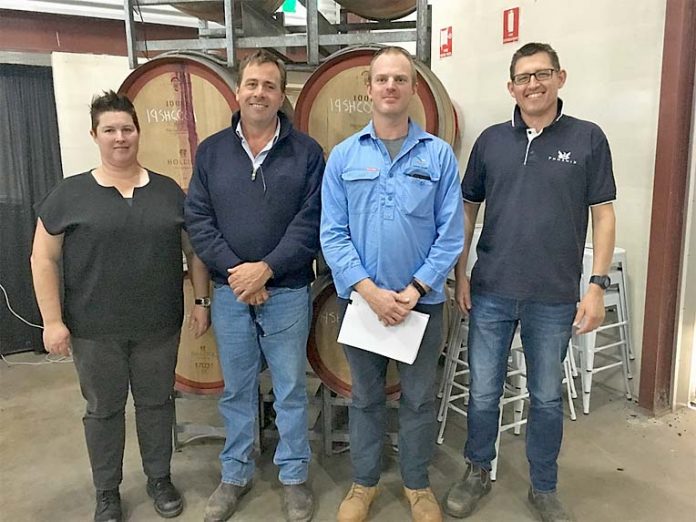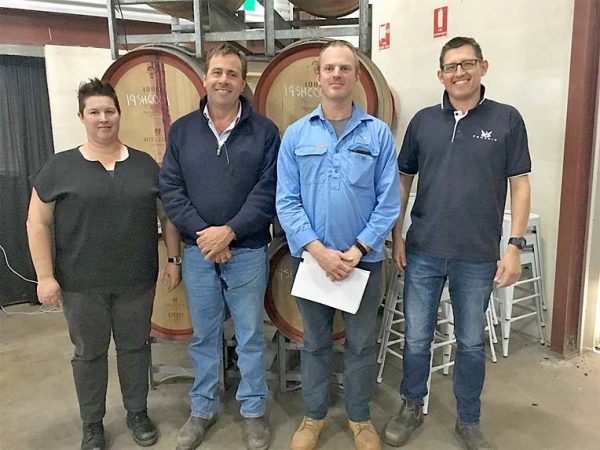

WATTLE Range Council and Coonawarra Vignerons hosted 30 industry representatives last week at a Burn Off and Smoke Taint breakfast briefing.
The event highlighted the relationship vignerons and broad acre cropping business have in the Limestone Coast.
The session aimed to encourage ongoing communication between landowners and grape growers and the equal importance to understand priorities to achieve respective activities.
Coonawarra Vignerons Viticulture and Oenology Committee leader Hans Loder outlined what smoke taint was and why it was a problem for grape growers.
“Vineyards and grapevines are most vulnerable now during harvest with the highest impact on berries and it is important for vignerons to be communicating their harvest activities with neighbouring landowners,” Mr Loder said.
Attendees discussed the potential of bringing forward the burn off period under permit and the potential of activity on Sundays.
The potential increase in the window of opportunity for burning could be mutually beneficial as it may allow more days that have the right wind conditions for burning over a longer period.
Wattle Range Council fire prevention officer Tim Wilson attended and said permits would be granted from March 23 to the opening of fire season on April 15.
During this three week period fires are permitted under strict conditions to prevent impacts to other industries.
Attendees agreed ongoing communication and monitoring of conditions was critical.
Wattle Range Council is reviewing a trial to further develop the sensor network technology available to help industry make decisions for spraying, burning off and other agricultural practices influenced by measurable quantifiable criteria.







